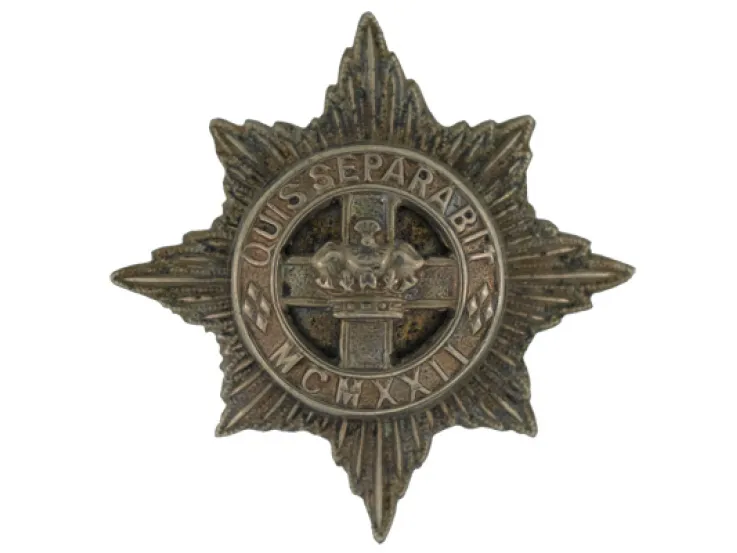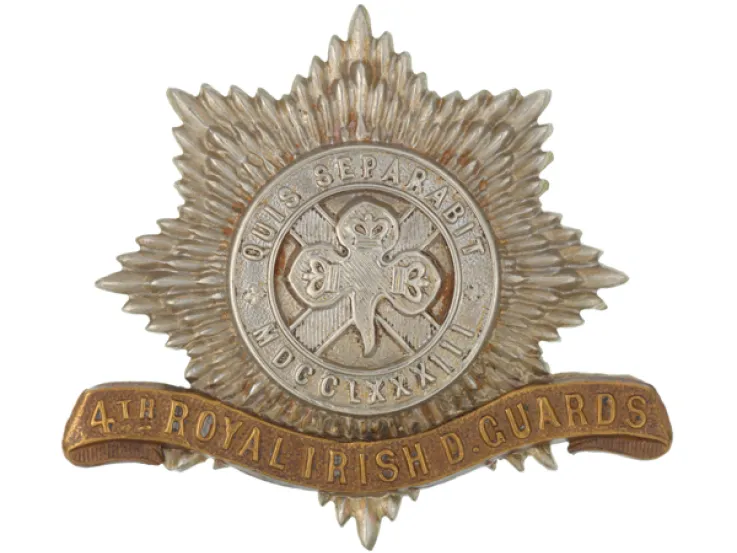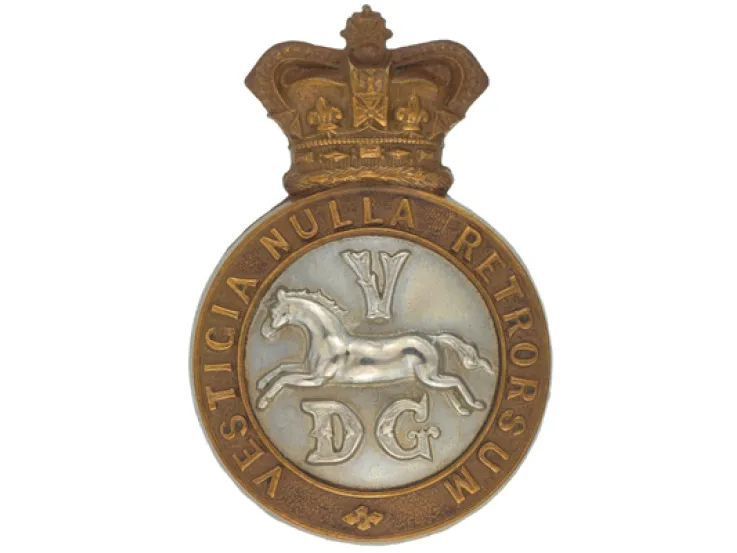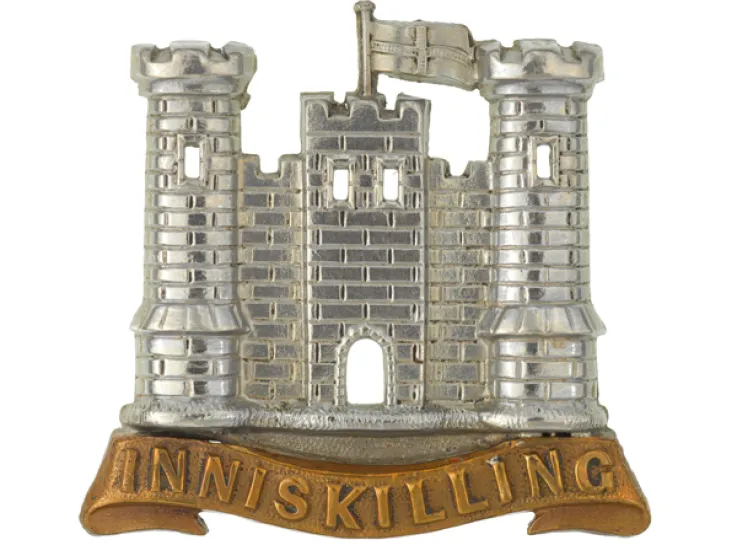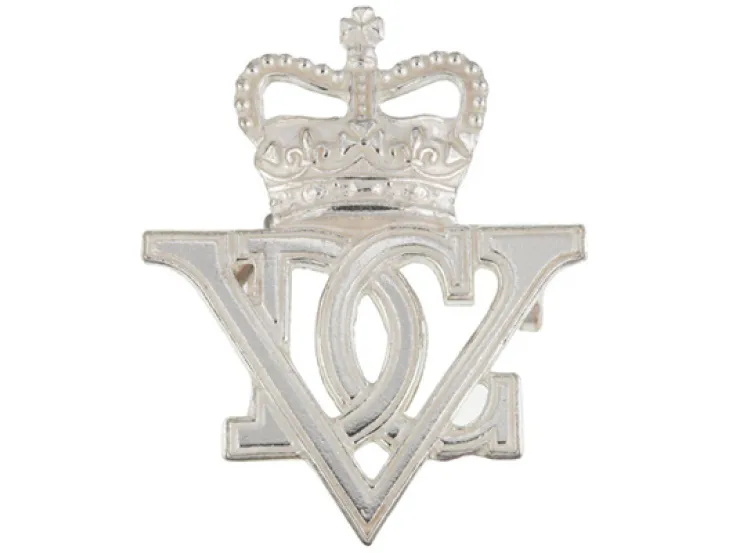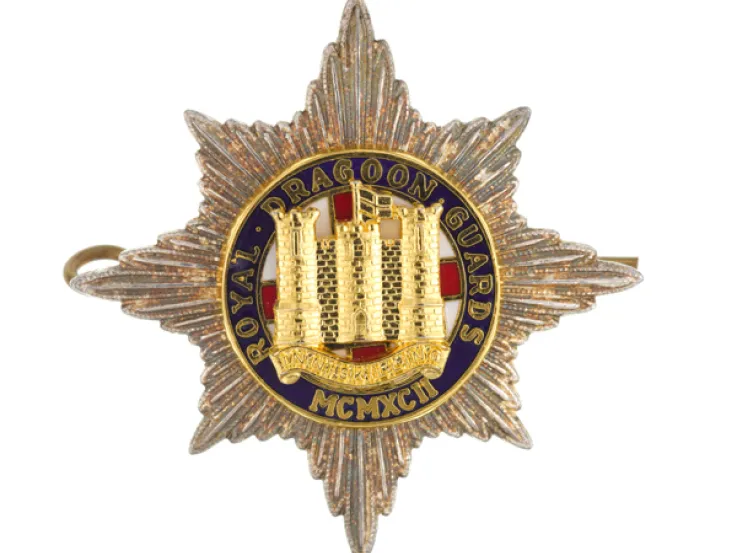Origins
In November 1688, William of Orange landed in Devon to remove his father-in-law, King James II, from the throne. When news of this reached London, Princess Anne - James's daughter, but a supporter of William's plans - fled to Nottingham. She was escorted by horsemen under William Cavendish, later 1st Duke of Devonshire.
The following month, these horsemen were merged with a number of other troops of cavalry to form a single regiment, again commanded by Cavendish. In 1690, this was given the ranking of 9th Horse, changing to 8th Horse four years later. By then, it had already served against James and his French allies in Ireland at the Boyne (1690), and in Flanders at the Siege of Namur (1695).
During the War of the Spanish Succession (1702-13), the regiment embarked for the Continent with the Duke of Marlborough. It fought at Blenheim (1704), Elixem (1705), Ramillies (1706), Oudenarde (1708) and Malplaquet (1709).
18th century
In 1720, Sir John Ligonier - an experienced commander whose French Protestant family had moved to England when he was a teenager - became the 8th Horse's fifth colonel. He retained the role for 29 years and gave it his crest of a lion and crown. The regiment spent most of his colonelcy in Ireland, eventually joining the Irish establishment as the 4th Horse in 1746.
This period was interrupted by service in the War of the Austrian Succession (1740-48), where the unit fought in the battles of Dettingen (1743) and Fontenoy (1745). At Dettingen, Cornet Richardson received 37 wounds while defending the regimental standard.
Following the outbreak of the Jacobite Rising in 1745, the regiment returned home and fought at Clifton Moor (1745). Next came service in Germany during the Seven Years War (1756-63), where it charged at the Battle of Warburg (1760). It remained in Britain for the next 80 years, with no overseas service throughout the French Revolutionary Wars (1793-1802) and Napoleonic Wars (1803-15).
In 1788, it returned to the British establishment, converting into a dragoon guard regiment. It was also renamed the 7th (The Princess Royal's) Dragoon Guards in honour of King George III's eldest daughter, Charlotte.
Part of the regiment fought at Rathangan in County Kildare during the Irish Rebellion of 1798.
Victorian era
The regiment's first deployment outside Europe was to South Africa in 1843. It stayed there for five years and fought in the 7th Cape Frontier War (1846-47). It later served in Bengal during the Indian Mutiny (1857-59) in 1857, remaining there for ten years on garrison duty.
This was followed by 16 years on home service, interrupted only by the 1882 Egyptian campaign. A squadron of the regiment charged with the Household Cavalry Composite Regiment at Kassassin (1882). Then, the whole regiment fought at the Battle of Tel El Kebir (1882), where it did not suffer a single casualty.
Following garrison duties in India and England, the unit fought in the Boer War (1899-1902), including the Battle of Diamond Hill (1900). It then spent 14 more years in India and Egypt.
First World War
The unit spent almost all of the First World War (1914-18) on the Western Front, arriving there in December 1914. It rarely operated as cavalry, often fighting in a dismounted role, but still won 16 battle honours.
Ten minutes before the Armistice came into force on 11 November 1918, a squadron from the unit galloped 10 miles (16km) to capture the town of Lessines, in what was the final cavalry action of the conflict.
In 1921, the regiment was renamed the 7th Dragoon Guards (Princess Royal's). Its only post-war deployment was to Iraq between 1919 and 1921.
Legacy
In 1922, it was amalgamated with the 4th Royal Irish Dragoon Guards to form the 4th/7th Dragoon Guards.
Regimental museums
The National Army Museum works with a network of Regimental and Corps Museums across the UK to help preserve and share the history and traditions of the Army and its soldiers.
Discover more about the 7th (The Princess Royal's) Dragoon Guards by visiting York Army Museum.







